-
 Bitcoin
Bitcoin $118900
0.42% -
 Ethereum
Ethereum $3710
-2.88% -
 XRP
XRP $3.513
-2.96% -
 Tether USDt
Tether USDt $1.000
-0.01% -
 Solana
Solana $203.0
3.65% -
 BNB
BNB $765.5
-1.29% -
 USDC
USDC $0.9998
0.00% -
 Dogecoin
Dogecoin $0.2671
-4.18% -
 Cardano
Cardano $0.8817
-3.63% -
 TRON
TRON $0.3139
-0.64% -
 Hyperliquid
Hyperliquid $44.34
-5.45% -
 Stellar
Stellar $0.4637
-4.08% -
 Sui
Sui $3.908
-2.59% -
 Chainlink
Chainlink $19.34
-2.62% -
 Hedera
Hedera $0.2712
-3.77% -
 Avalanche
Avalanche $24.97
-4.13% -
 Bitcoin Cash
Bitcoin Cash $519.8
-1.48% -
 Shiba Inu
Shiba Inu $0.00001518
-3.74% -
 Litecoin
Litecoin $115.6
-2.21% -
 Toncoin
Toncoin $3.460
3.68% -
 UNUS SED LEO
UNUS SED LEO $8.977
-0.07% -
 Polkadot
Polkadot $4.460
-2.96% -
 Uniswap
Uniswap $10.53
-5.43% -
 Ethena USDe
Ethena USDe $1.001
0.01% -
 Monero
Monero $323.6
-0.36% -
 Pepe
Pepe $0.00001379
-2.60% -
 Bitget Token
Bitget Token $4.772
-3.90% -
 Dai
Dai $0.9999
0.00% -
 Aave
Aave $307.5
-6.66% -
 Bittensor
Bittensor $441.8
0.84%
What is the funding rate on KuCoin Futures?
KuCoin's funding rate ensures perpetual contract prices stay aligned with spot prices by transferring payments between long and short traders every 8 hours—check it in the Futures section before trading. (154 characters)
Jul 22, 2025 at 10:49 pm
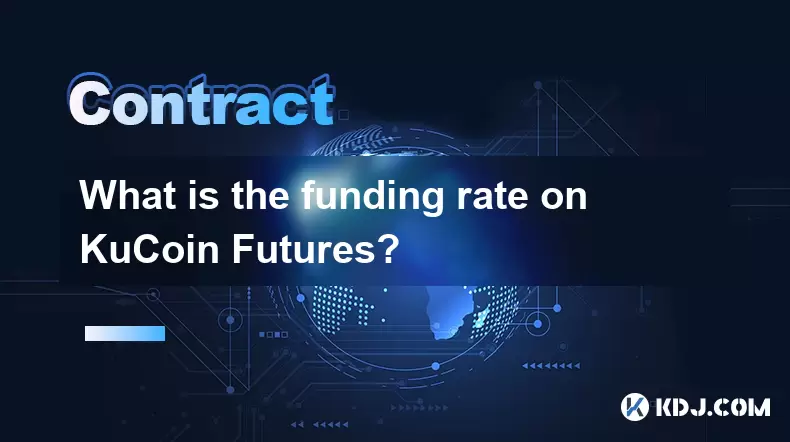
Understanding Funding Rates on KuCoin Futures
The funding rate on KuCoin Futures is a periodic payment exchanged between long and short traders to ensure that the price of perpetual contracts remains close to the spot price of the underlying asset. This mechanism prevents excessive divergence between the futures and spot markets. On KuCoin, the funding rate is typically settled every 8 hours—at 00:00 UTC, 08:00 UTC, and 16:00 UTC. If the funding rate is positive, long positions pay short positions. If it’s negative, short positions pay longs.
This rate is composed of two components: the interest rate component and the premium component. The interest rate part is usually minimal (often 0.01% per 8 hours), while the premium component adjusts dynamically based on the difference between the perpetual contract price and the index price. This dynamic adjustment is crucial for maintaining market equilibrium.
How to Check the Funding Rate on KuCoin
To view the current funding rate for any perpetual contract on KuCoin:
- Navigate to the Futures section on the KuCoin platform.
- Select the trading pair you're interested in (e.g., BTC/USDT).
- Look at the top of the trading interface where it displays “Funding Rate.”
- Hover over or click the info icon next to it to see historical data and the next funding time.
You can also find the funding rate in the contract details panel, which shows the exact percentage and whether it’s positive or negative. This transparency helps traders anticipate costs or potential income from holding positions overnight or across funding intervals.
Why Funding Rates Fluctuate
Funding rates change based on market sentiment and order book imbalances. When more traders are long than short, the perpetual contract tends to trade at a premium to the spot price. This triggers a positive funding rate, incentivizing longs to reduce their positions or shorts to increase theirs. Conversely, if shorts dominate, the rate turns negative, encouraging longs to enter.
These fluctuations are normal and reflect real-time supply and demand dynamics. For example, during a bull run, BTC perpetual contracts might consistently show positive funding rates as traders rush to open long positions. In contrast, during a market downturn, negative rates become common as bearish sentiment grows.
Impact of Funding Rates on Trading Strategy
Traders must account for funding rates when holding positions across settlement times. For instance:
- If you're a short-term scalper, funding rates may have negligible impact since positions are rarely held past a funding interval.
- For carry traders, who hold positions for days or weeks, funding rates can significantly affect profitability—especially if the rate is consistently positive or negative.
- Arbitrageurs often exploit funding rate discrepancies between exchanges, such as opening a long on KuCoin with a negative rate while shorting on another exchange with a positive rate.
Ignoring funding costs can turn a profitable trade into a loss. Always check the rate before entering a long-term position and calculate potential expenses using KuCoin’s built-in funding rate calculator or a third-party tool.
How to Calculate Funding Payments on KuCoin
The formula KuCoin uses to calculate funding payments is:
Funding Payment = Position Value × Funding RateHere’s how to apply it step by step:
- Determine your position value in USDT (e.g., 1 BTC at $60,000 = $60,000).
- Find the current funding rate (e.g., 0.01% or 0.0001 in decimal).
- Multiply the two: $60,000 × 0.0001 = $6.
This $6 is what you’ll pay (if long and rate is positive) or receive (if short and rate is positive) at the next funding time. The payment is automatically deducted or added from your wallet balance—it does not affect your position size or margin directly. You can monitor these payments in your Futures Wallet History under the “Funding Fee” category.
Common Misconceptions About Funding Rates
Many new traders believe funding rates are fees charged by the exchange. This is incorrect—KuCoin does not profit from funding payments. The exchange merely facilitates the transfer between long and short traders. Another misconception is that high funding rates signal an imminent price reversal. While extreme rates can indicate over-leverage or speculative pressure, they do not guarantee a reversal. Always combine funding rate analysis with technical and on-chain indicators.
Frequently Asked Questions
Q: Can I avoid paying funding fees on KuCoin Futures?
Yes. Close your position before the next funding time (00:00, 08:00, or 16:00 UTC). If you’re not holding a position at the exact settlement time, no funding payment is applied.
Q: Does KuCoin charge additional fees for funding payments?
No. KuCoin does not charge any extra fees on top of the funding rate. The entire payment goes directly to the counterparty (longs or shorts).
Q: How often does the funding rate update on KuCoin?
The displayed rate updates every minute based on the premium index, but actual payments occur only every 8 hours at fixed intervals.
Q: Is the funding rate the same for all perpetual contracts on KuCoin?
No. Each contract has its own funding rate based on its specific market conditions. For example, ETH/USDT and BTC/USDT will have different rates at any given time.
Disclaimer:info@kdj.com
The information provided is not trading advice. kdj.com does not assume any responsibility for any investments made based on the information provided in this article. Cryptocurrencies are highly volatile and it is highly recommended that you invest with caution after thorough research!
If you believe that the content used on this website infringes your copyright, please contact us immediately (info@kdj.com) and we will delete it promptly.
- PNC Bank & Coinbase: Banking on Crypto's Future, NYC Style
- 2025-07-23 06:30:12
- Ruvi AI: The Next Avalanche Riding the AI and Blockchain Wave?
- 2025-07-23 06:30:12
- SEC, Bitcoin, and Crypto: Navigating the Wild West of Digital Finance
- 2025-07-23 04:30:12
- BlockDAG Mining Revolution: 10x Rewards and Crypto's Next Big Thing?
- 2025-07-23 06:10:12
- Tyre Legalities, the 20p Test, and Expert Advice: Staying Safe on the Road
- 2025-07-23 04:50:12
- Liberty Head Double Eagle Proofs: A Golden Opportunity?
- 2025-07-23 04:55:12
Related knowledge

How to trade ETH perpetuals on Bitstamp?
Jul 23,2025 at 03:28am
Understanding ETH Perpetual ContractsETH perpetual contracts are derivative products that allow traders to speculate on the price of Ethereum without ...
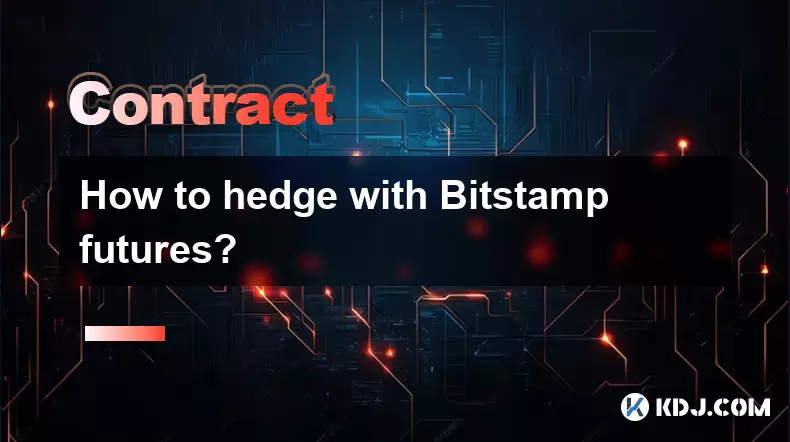
How to hedge with Bitstamp futures?
Jul 23,2025 at 02:00am
Understanding Bitstamp Futures ContractsBitstamp futures are financial derivatives that allow traders to speculate on or hedge against the future pric...
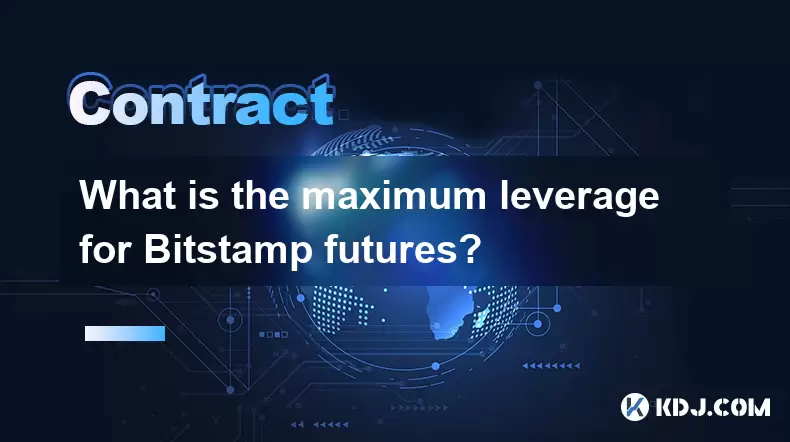
What is the maximum leverage for Bitstamp futures?
Jul 23,2025 at 05:21am
Understanding Bitstamp FuturesBitstamp, a well-established cryptocurrency exchange, offers futures trading to users seeking advanced financial instrum...
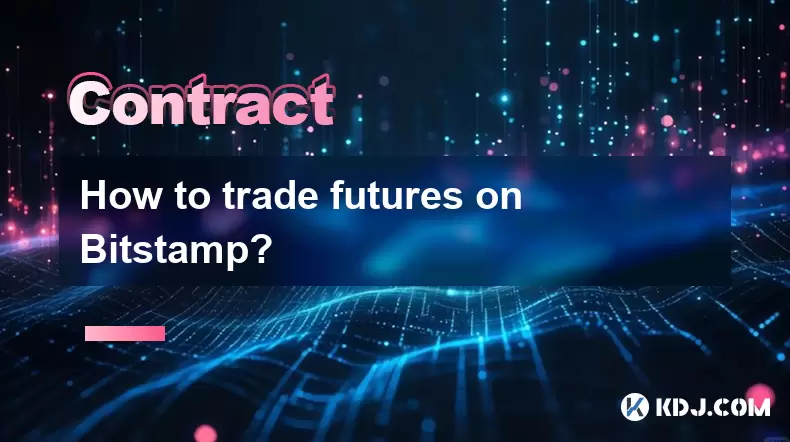
How to trade futures on Bitstamp?
Jul 23,2025 at 12:56am
Understanding Bitstamp Futures TradingFutures trading on Bitstamp allows users to speculate on the future price of cryptocurrencies such as Bitcoin an...
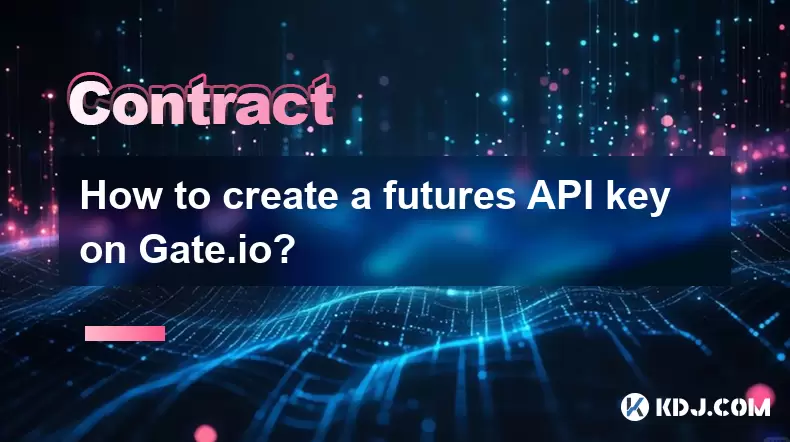
How to create a futures API key on Gate.io?
Jul 23,2025 at 03:49am
Understanding Futures API Keys on Gate.ioA futures API key on Gate.io allows traders to automate trading strategies, manage positions, and retrieve re...
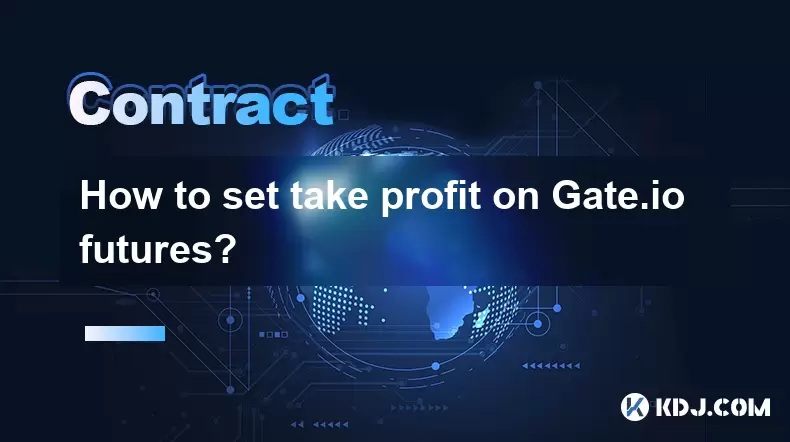
How to set take profit on Gate.io futures?
Jul 23,2025 at 01:14am
Understanding Take Profit in Gate.io FuturesWhen trading futures on Gate.io, a take profit (TP) order allows traders to automatically close a position...

How to trade ETH perpetuals on Bitstamp?
Jul 23,2025 at 03:28am
Understanding ETH Perpetual ContractsETH perpetual contracts are derivative products that allow traders to speculate on the price of Ethereum without ...

How to hedge with Bitstamp futures?
Jul 23,2025 at 02:00am
Understanding Bitstamp Futures ContractsBitstamp futures are financial derivatives that allow traders to speculate on or hedge against the future pric...

What is the maximum leverage for Bitstamp futures?
Jul 23,2025 at 05:21am
Understanding Bitstamp FuturesBitstamp, a well-established cryptocurrency exchange, offers futures trading to users seeking advanced financial instrum...

How to trade futures on Bitstamp?
Jul 23,2025 at 12:56am
Understanding Bitstamp Futures TradingFutures trading on Bitstamp allows users to speculate on the future price of cryptocurrencies such as Bitcoin an...

How to create a futures API key on Gate.io?
Jul 23,2025 at 03:49am
Understanding Futures API Keys on Gate.ioA futures API key on Gate.io allows traders to automate trading strategies, manage positions, and retrieve re...

How to set take profit on Gate.io futures?
Jul 23,2025 at 01:14am
Understanding Take Profit in Gate.io FuturesWhen trading futures on Gate.io, a take profit (TP) order allows traders to automatically close a position...
See all articles

























































































